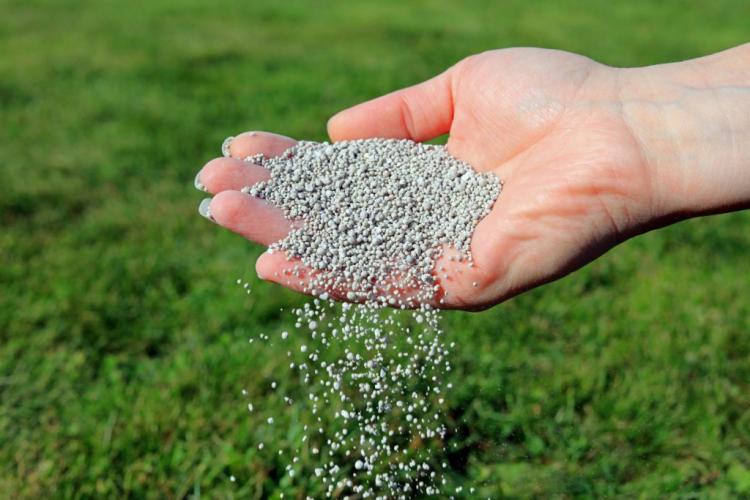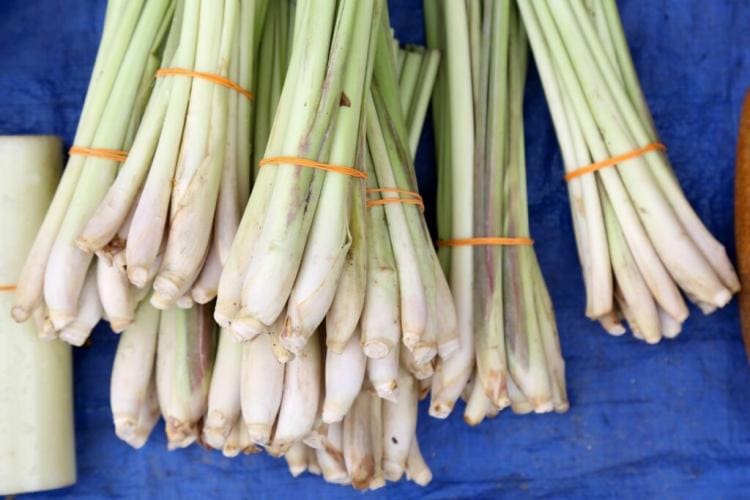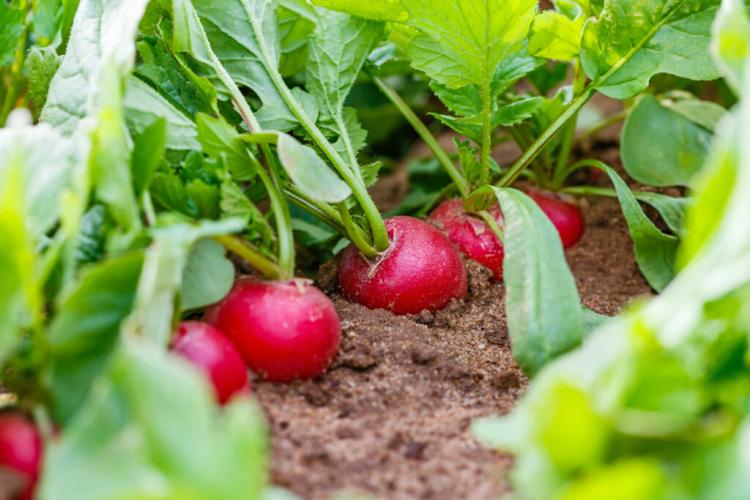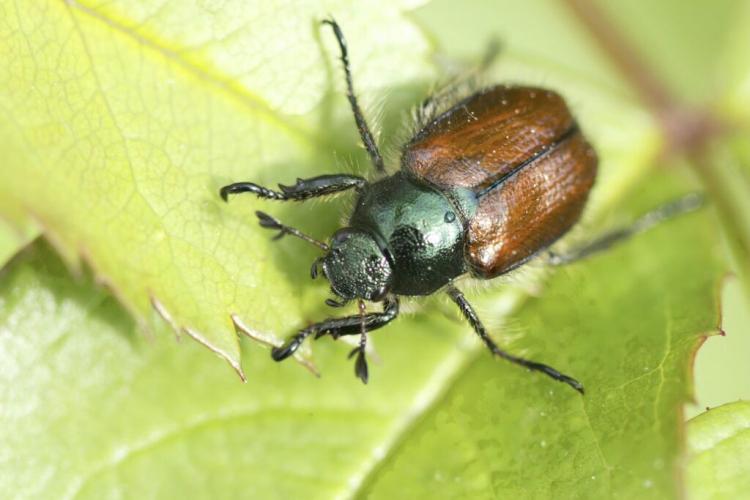Poa Trivialis: Properties & Uses of Common Bluegrass
Poa trivialis , also known as bluegrass, is often part of lawn seed mixes. We show what makes bluegrass so special and how it can be used in the garden.
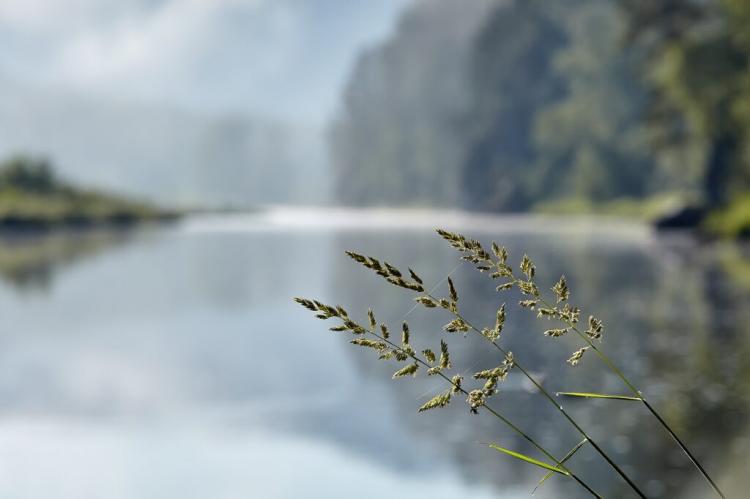
Common bluegrass is also suitable for shady gardens [Photo: Grigvovan / Shutterstock.com]
As an extremely shade-tolerant and also fast-growing species, the common bluegrass ( Poa trivialis ) is even available for the shady sides of the garden. In places where otherwise not much grows due to lack of light, this type of grass still unfolds its full splendor. The light green plant feels right at home, especially in damp conditions, and can withstand flooding unscathed.
Poa trivialis: origin and description
The home of common bluegrass lies between Western Europe and Japan. But now its distribution area even extends to Africa, America and New Zealand. No wonder, because the cut-tolerant sweet grass species (Poaceae) is well adapted to a wide variety of conditions. In nature it occurs along rivers and in forest clearings and is therefore familiar with cool, shady and humid conditions. Poa trivialis is ideally suited for lawns with little sunshine. The perennial grass forms loose clumps with creeping sprouts. These shoots form rooted cuttings and allow the plant to quickly fill in gaps. For this reason, Poa trivialis is an important part of our Plantura lawn reseeding for uneven lawns.
If the grass is not mowed, it can reach heights of up to one meter. In order not to be displaced by other species, however, regular mowing is required.
Properties and uses of common bluegrass
For a quick overview, we have created a table for you with all the important properties of Poa trivialis .
| Common bluegrass | |
|---|---|
| features | Forms light clumps, quick regeneration, creeping shoots, very shade-tolerant, light green color |
| Expectations | Moist, nutrient-rich, neutral to slightly acidic soil |
| Durability | As the only species sown, moderately hard-wearing |
| use | On shady and damp surfaces, good mixing partner for shade lawn mixtures such as our Plantura shade lawn |
| Germination time and development | 13 – 22 days germination time, rapid colonization of gaps |
| Cutting tolerance | Very easy to cut |
| particularities | Good resistance to lawn diseases, also tolerates wet soils |
To understand the demands of common bluegrass, just imagine a fresh forest clearing. The soil should be moist, even moisture is tolerated well and even short floods cannot harm the grass. On the other hand, it reacts sensitively to drought. So that it can withstand dry phases well, it should be watered as required. In addition, the soil should be rich in nutrients so that the grass feels comfortable, the pH value should be in the neutral to slightly acidic range. The development of fertile soil with a stable pH value can be promoted by using primarily organic fertilizers, such as our Plantura organic lawn fertilizer. So humus can build up and enrich over time, which is essential for the availability and storage of nutrients in the soil. In addition, humus ensures and improves the ventilation of the soil. All of this benefits grasses and helps them thrive.
Poa trivialis is a common inhabitant on agricultural grassland. However, since it is not necessarily popular with animals as feed, it is rarely used in pasture farming. It is therefore all the more suitable for shady and damp lawns, where it closes gaps quickly and effectively. For this reason it can prove its strength in our Plantura shadow lawn.
Expert tip : The common bluegrass is even promoted by cool and humid conditions. In addition, there are hardly any pests or diseases that could be dangerous for this type of grass. With Poa trivialis , shady green areas can live up to their name and shine in full green. You can save yourself frequent reseeding or lawn repairs due to irregular and patchy vegetation thanks to the addition of common bluegrass in our Plantura shade lawn.

